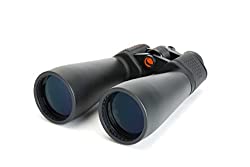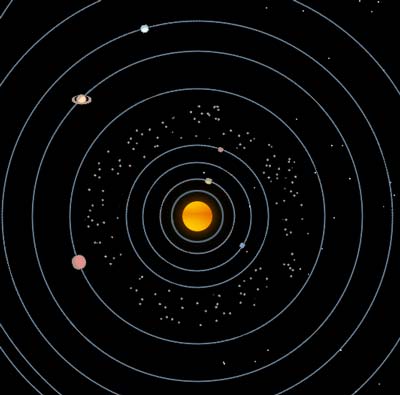Celestron Telescope Reviews
Reviewed by Bill Georgevich, Chief Astronomer
Telescope advice
The Schmidt Cassegrain
My first experience with Celestron telescopes was in 1970, when I worked as a Teaching Assistant while getting an undergraduate degree at the University of Texas.
The chairman of my department was most anxious find an 8" telescope that could be set up quickly and easily in an open field far away from local light pollution. He wanted a large enough telescope to showcase deep sky splendors. The perfect compact telescope was the folded optic Schmidt Cassegrain 8".
The man I worked for at UT was Ulrich Hermann, who was brought over after WWII under Project Paper Clip — the US government program that allowed Nazis to work on the US space program. Hermann had been a young man working under Werner von Braun, who later with his team of ex-German rocket scientists, helped put the US on the moon.
What we liked about the Celestron 8” was that we could take 100 astronomy students into an open field, set-up 4 or 5 C-8’s and walk them through some of the finer objects in the sky without a lot of set-up or maneuvering. The Schmidt-Cassegrain was a very sophisticated portable telescope in it’s day -- rivaled only by the Questar, which was a 5” cassegrain, that was more of a rich executive office show piece than a working telescope.
Folded Optics
The main concept was the idea of the folded optics. That is light enters the top of the telescope, then hits a mirror, then is bounced back to a secondary mirror which sends the image back through a hole in the first mirror and directly into the eyepiece. At first, the design seems counter-intuitive since obviously the same mirror that is used to gather the light has a hole in it and that portion of the light gathering surface has been sacrificed to make the total focal length of the telescope much shorter. In large observatory, telescopes with a hole in the middle can be easily compensated for by simply making the primary mirror very large.
Celestron went on to make a number of large observatory telescopes like the C-14 and more recently the C-20, which features digital technology. These cassegrains were excellent for high power, high resolution works, but actually required a focal reducer for astrophotography as the apparent field was too narrow.
Celestron's Most Unusual Product

The modern Celestron optic company makes not only cassegrain telescope, but all kind of telescopes, microscopes, binoculars, and special nighttime aide. My favorite binocular is the Celestron SkyMaster Giant 15x70 Binoculars with tripod adapter. These are large enough to gather enough light to see the green color of the Orion nebula, the pale blue of the Pleiades, or the vast grey expanse of the Andromeda nebula without being so heavy that your arms get tired. All this for under $100 retail!
The most unusual Celestron product to hit the astronomy market place in recent years is the Celestron SkyScout Personal Planetarium. Using the same GPS technology that powers navigation systems in cars, the Sky Scout will tell you the name and characteristics of any object in the sky you point it at. Conversely if you are looking to learn an object, Sky Scout will gently direct you there with a series of prompts similar to digital setting circles like the Intelliscope. Popular Science magazine has called the Sky Scout "the device amateur stargazers have been waiting for since, well, Galileo..."
I guess it is pretty amazing considering the fact that Celestron’s major competitor -- Meade -- has made a lower priced clone called the Meade My Sky.
 See an animation of the movement of planets in our solar system.
See an animation of the movement of planets in our solar system. See amazing views from space
See amazing views from space